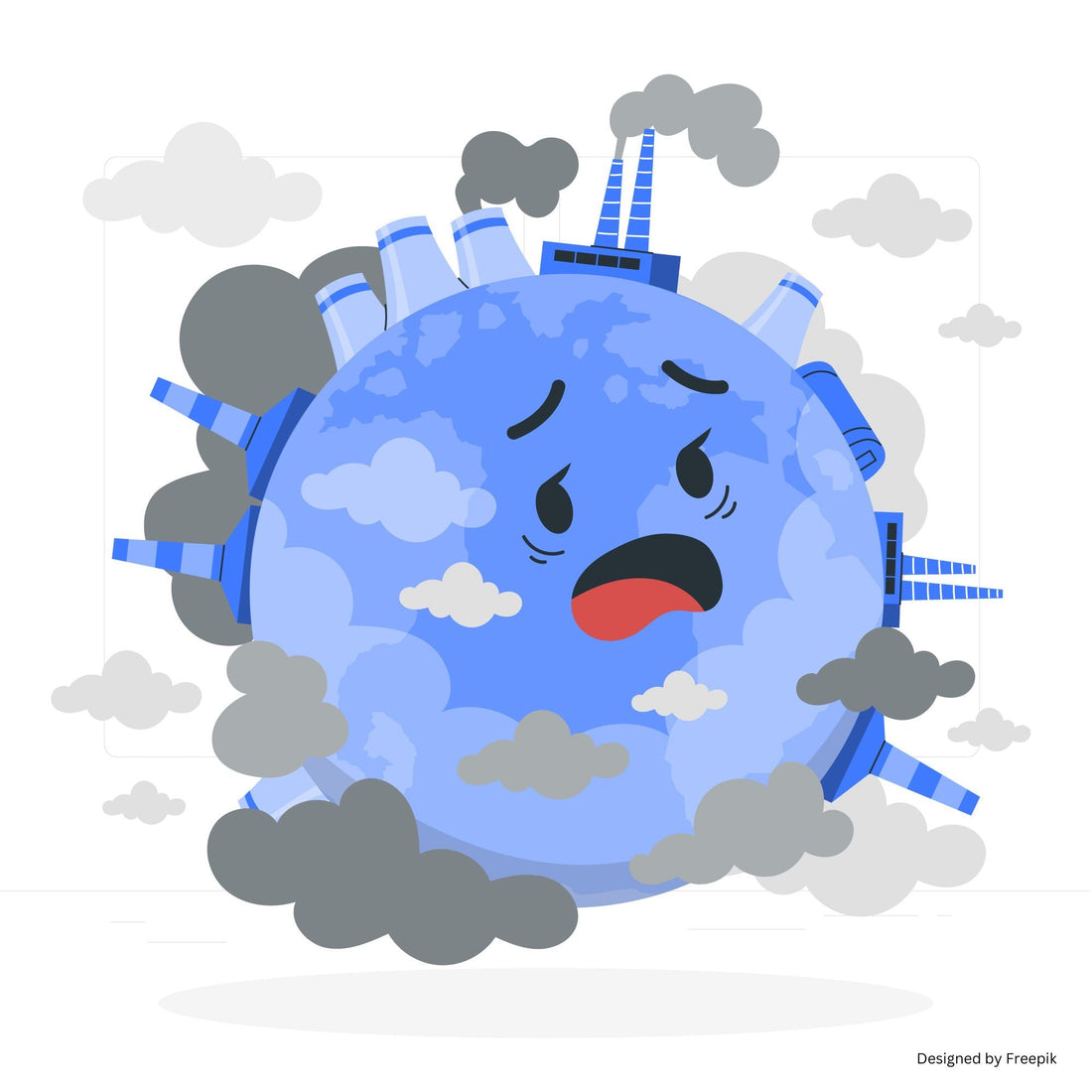You’ve heard about greenhouse gases and the ozone layer. But did you know that ozone itself is a greenhouse gas, and excess ozone at ground level can be harmful?
This might sound confusing—after all, isn’t more ozone good for the planet? The answer depends on where the ozone is.
The Good Ozone vs. The Bad Ozone
Ozone in the upper atmosphere (stratospheric ozone) forms a protective layer that shields us from the sun’s harmful ultraviolet rays. But ground-level ozone (tropospheric ozone) is a pollutant that poses serious risks to both human health and agriculture.
The Impact: Health and Food Chain Under Threat
Breathing ground-level ozone can cause or worsen lung conditions such as: Chest pain,
Coughing, Bronchitis, Emphysema and Asthma.
It also inflames lung tissues, leading to long-term damage. A study published in The Lancet found that ozone-related deaths increased by 46% globally from 2000 to 2019, with South Asia experiencing the highest rise. Research from the University of Leeds suggests that over a million deaths in India could be linked to ozone pollution by 2050.
Beyond human health, ozone harms crops like wheat and rice, reducing both yields and seed quality.
How Bad Is It? Ozone Levels in India
The WHO air quality guideline states that ozone levels above 60 micrograms per cubic meter are unsafe. However, many Indian cities have recorded ozone levels exceeding 100 micrograms. In cities where monitoring is limited, the actual levels might be even higher.
When Did We Realize the Problem?
In 2020, research by the Centre for Science and Environment (CSE) highlighted that even during the pandemic lockdown—when emissions from vehicles and industries dropped—ozone levels remained high. CSE researchers noted that ozone pollution in India is largely a sunny weather problem, intensifying during heatwaves and rising summer temperatures.
Where Does Ground-Level Ozone Come From?
Ozone is not directly emitted; it forms when nitrogen oxides (NOx) and volatile organic compounds (VOCs) react with sunlight and heat. Key sources include: vehicle emissions, industrial pollution, and power plants.
Interestingly, ozone tends to build up more in cleaner, greener areas with lower NO₂ pollution, as there’s less NOx available to break it down. This explains why ozone levels increased even during the pandemic, despite lower emissions.
What Can We Do to Reduce Ground-Level Ozone?
Since sunlight, heatwaves, and pollution drive ozone formation, we can help by reducing activities that contribute to them.
1. Smart and Conscious Travel
Use vehicles that comply with cleaner emission norms
Choose public transport whenever possible
Walk or cycle for short distances
Travel at staggered times to avoid congestion
2. Power Smart
Opt for renewable energy where available
Save electricity by reducing waste and improving efficiency
3. Purchase Smart
Buy less, choose high-quality, durable items
4. Waste Less
Segregate household waste
Recycle to reduce pollution and landfill waste
By making these small yet meaningful choices, we can reduce ground-level ozone and protect our health, environment, and future.








